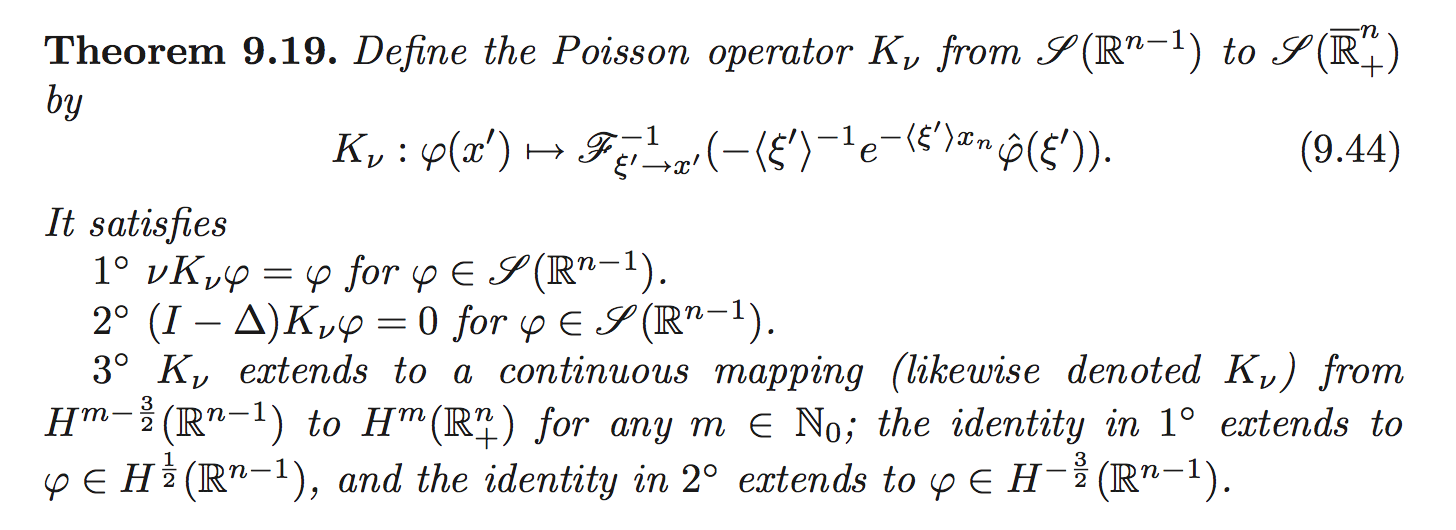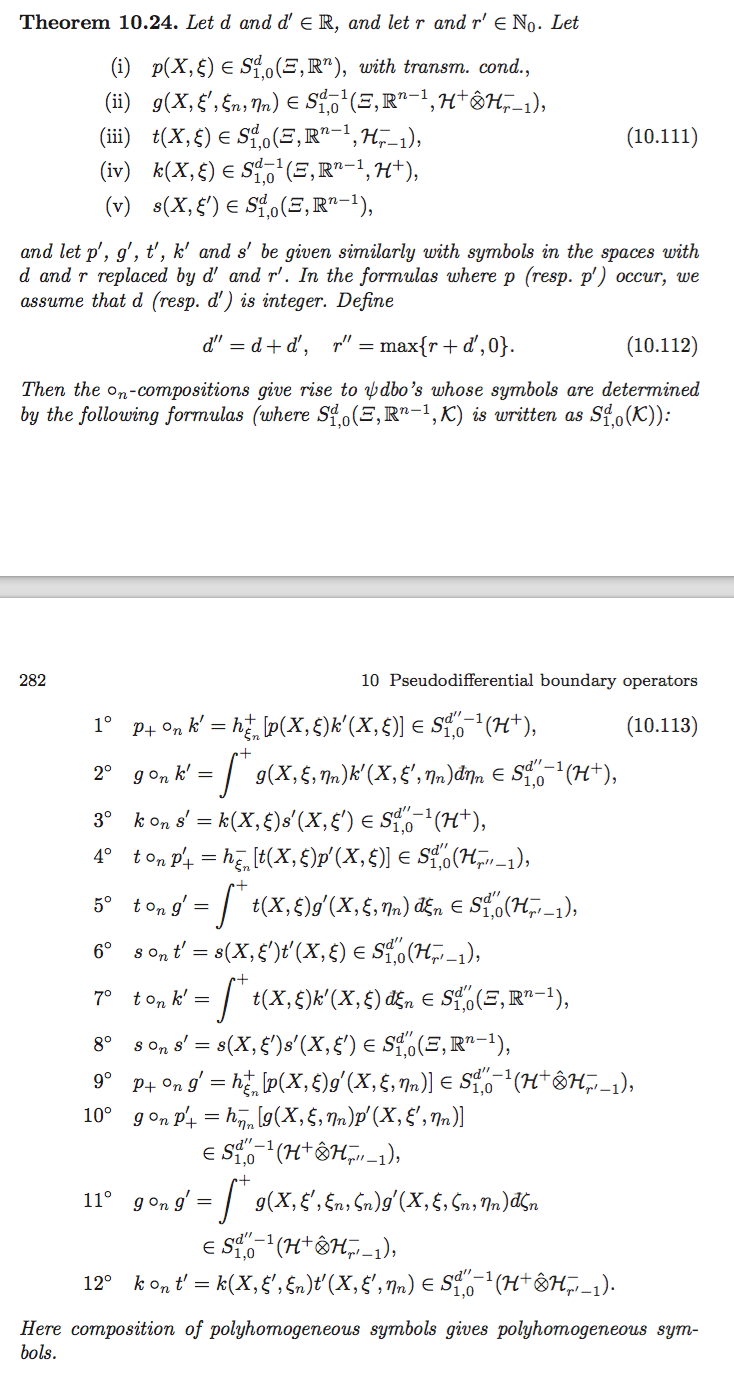Anonymous
Anonymous
Anonymous
user228700
user228700
user228700
user228700
user228700
user228700
user228700
Anonymous
Anonymous
Anonymous
Anonymous
user228700
user228700
user228700
user228700
user228700
user228700
user228700
user228700
Anonymous
Anonymous
Anonymous
Anonymous








